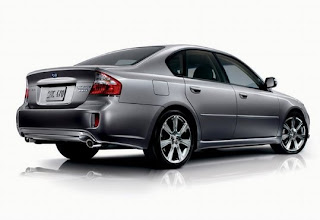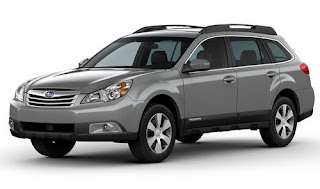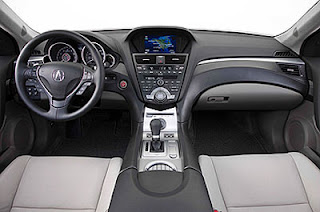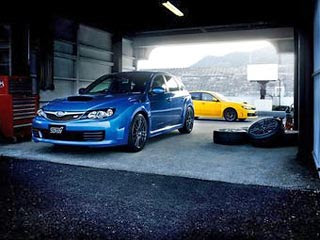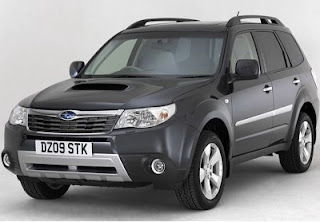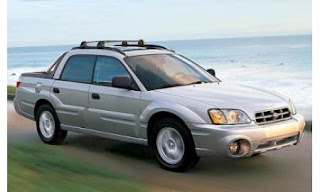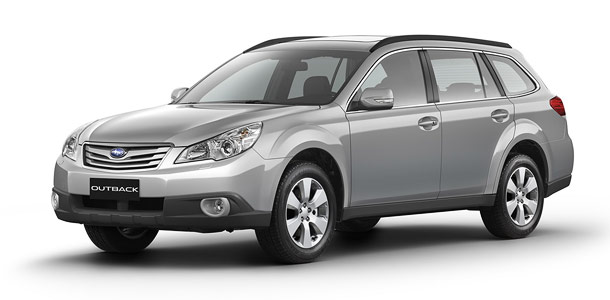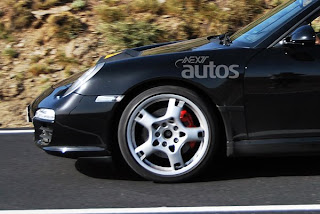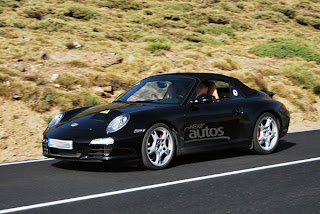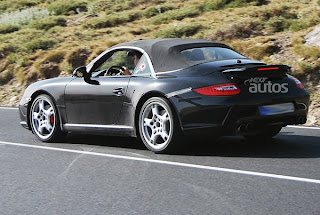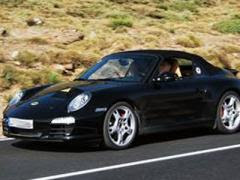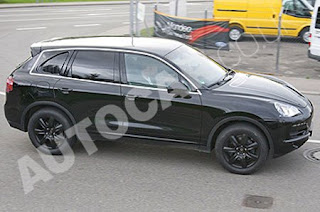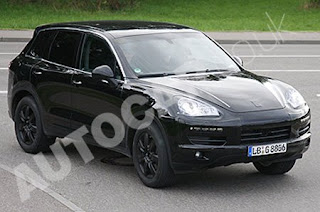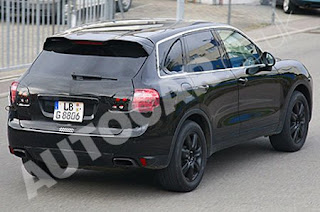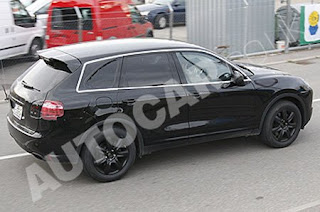Subaru is the automobile division of Fuji Heavy Industries (FHI), manufacturer of a broad and diverse equipment.
FHI develops and provides a range of innovative industrial products in their offices, such as automotive, aerospace, bus manufacturing division and the manufacture of engineering designs for buildings, a unit of industrial production and division of transportation and environmental systems. At the core of all projects of any of the units are the most advanced and proven technology, which determines the future.
The purpose of FHI: establish and develop the most advanced technology and brand to be present in the global marketplace in the XXI century as the leading party. In order to build the future of all people and the planet, FHI creates products full of individuality and will always be a pioneer in all areas, never changing their traditions.
The company has its own method of birth of new technologies - by cross-sharing of experiences within their units and, thanks to freedom, flexibility and enthusiasm neugasayuschego.
Company FHI - the successor company Nakajima Aircraft, which was originally founded as the aircraft research laboratory.
The laboratory was founded in 1917 Tikuheem Nakajima (1884-1949 years) in Gumma Prefecture (Gunma Prefecture; approximately 70 km north of Tokyo) and is now the main location of modern production base of Subaru.
Tihuey was the eldest son of the family farmer, Gumma Prefecture. In the 19 years he entered the Naval Academy, where it caught the news about the first successful flight, carried out in the United States brothers Wright (Wright Brothers). It is the dream of passion and romance of the sky, wanted to participate in the process of building aircraft for the Japanese armed forces, but instead of studying the development and manufacture of aircraft, he left the army, and organized an aviation research lab.
Soon, the laboratory became known as Nakajima Aircraft Co. This renaming emphasizes the fact that the company has reached one level with the leading manufacturers of aircraft in Japan. But by the end of the Second World War in 1945, production of aircraft has been stopped.
The new company was able to start already with a different name - Fuji Sangyo Co., And the first thing had to start, a thorough search for other users of high technology used in the aviation industry.
We had to make efforts for the development of motor scooters and bus bodies, but with this and began to flourish and to transform the company into a full-fledged automobile manufacturer.
In February 1954, FHI announced its own prototype car, called the P-1, obtained in the following year the name of Subaru 1500.
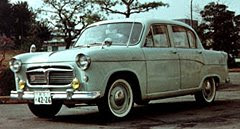
This car has shown excellent driving quality and stability of manageability through its independent suspension front wheels using the arched transverse beams in combination with a cylindrical spring and oleo double action, and the dependent suspension rear axle in combination trehlistovoy spring and oleo dual action. However, sales were postponed because of difficulties finding financing for the plant equipment and organization of the network to sell cars.
Nevertheless, this car has great significance in the further development of models of Subaru 360 and Subaru 1000.
When all the manufacturers have focused on the rear-wheel drive, Subaru thought a little differently, and to market the first Japanese car with front drive, 1000 model Subaru.
Subaru 360
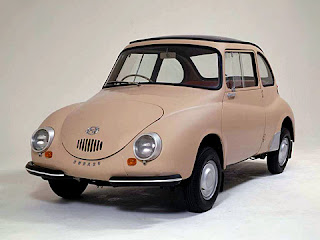
Subaru 1000

Subaru Leone was born in June 1971, and followed by, in September 1972, a full power version - Subaru Leone 4WD Station Wagon. Until that point, fans of the whole drive would be limited to choosing only the large off-road vehicle. Subaru also broken this stereotype, presenting a massive wheel model of the normal car.
Subaru Leon

When the car was first introduced in the market, its potential is mainly proposed to consider only a special application, for example, commercial use, or in snow-covered mountainous terrain. However, the car and appreciated at home and on the American markets for its originality.
Subaru Leon 2

Car steadily expanded its range of fans thanks to rapid growth in popularity of open sports such as skiing and fishing. The growing popularity as a snowball, and, plus, the original system full of drive Subaru (4WD) vehicle allowed to rise to the most top and become the most sold in-wheel cars.
In October 1983, was the debut odnoobemnogo minibus Subaru Domingo. This car allows us not only to accommodate seven passengers, with a compact body, but in different ways to transform the landing place by means of rotating and recline chairs, first developed in Japan.
Subaru Domingo

Cars Subaru, who took part in the world rally championship (WRC), including a victory over the 3 years in a row in 1995, 1996 and 1997 Cup of designers (Manufacturers' championship), taking place in this championship. World Rally Championship - this car competition, in which cars are in its commercial version, are competing with each other throughout the world on the roads with different surface, including asphalt, gravel and snow with ice.
Subaru has decided to participate in this competition because it wanted to demonstrate the high potential that lies in a car that was built in the concept of «active driving, active safety» ( «Active Driving, Active Safety»). And most importantly - participation in the competition in this class to collect and analyze valuable data about the behavior of the car in difficult conditions and then use the results in the creation of vehicles for mass production.
To date, being the first of the Japanese car manufacturers, who three years in a row, managed to win first place in the Constructors Cup, Subaru will remain the most vigorous part in the world championship rally in order to further develop and improve their vehicles.
1990 was the year of the first full-fledged participation in the Subaru world rally championship, and the first stage was the most difficult - 38-s Safari Rally. At this stage, Subaru introduced the five cars Legacy, produced by Group A, and one vehicle Legacy, prepared by the Group N.

At the start of the rally were 59 participants. But only 10 of them were able to overcome these severe, does not forgive mistakes and the road conditions to reach the cherished goal in Nairobi. Despite the fact that the Legacy had participated in the rally first, pilot Jim Heazer-HAYES (Jim Heather-Hayez) and navigator Anton Levitan (Anton Levitan) overall were in sixth place, while Patrick Niru (Patrick Njiru) and David Williamson ( David Williamson) took, overall, the eighth (the first in a personal), finished first in the history of the rally car Group N.
Prior to that time in this race safari severe conditions and the fact that the design of the Group N cars are not allowed to make any major changes - not to allow these cars to reach the finish. In addition, 1990 was, in the history of racing Safari Rally, one of the most difficult of conditions of competition. But, in spite of everything, for the first time in the history of the Group N rally car crossed the finish tape.
Eight times in a row Subaru repeat this extraordinary victory in the Group N on the Safari Rally. Full participation in the events of Subaru World Rally Championship started with 38 first Safari Rally in 1990. In 1995, Subaru won a landslide victory in five of the eight stages of the championship, thus becoming the champion in the Subaru Cup car designers. Subaru has won the title twice more over the next two years and now has an unprecedented three world rally victory in 1995 and 1997. First time in the history of Japanese car manufacturer has been able to achieve such results.
Subaru debuted the world rally championship as a full participant at the time Safari Rally. Subaru Legacy won this stage in Group N, finished eighth overall. It was written in history: the first time Safari Rally was covered car Group N, which was minimally different from the usual mass of car, off the conveyor. Subaru has taken part in 7 of the 12 stages of the championship this year, the highest position was 4 th, won in the 1000 Lakes Rally and Rally Australia.

In 1993, Subaru is celebrating its first victory on the stage of world championship rally - Rally New Zealand. It was the last rally, in which the model is Legacy, and it was exciting for the entertainment first victory MakReya Colin (Colin McRae), who just turned 25 years old. At the same time, the rally debut a new model - Impreza, stage - Rally 1000 Lakes. The result - second place.
1994. Athlete Saynts Carlos (Carlos Sainz) took place the pilot at the wheel Impreza, which is now fully participating in the championship. He won stages: Akropolis (Greece), New Zealand and the RAC Rally (RAC rally), became a formidable figure among the champions and the team member. In this year's Subaru team became number 2.

In 1995, Subaru has won five of the eight stages of the World Cup and became world champion in the individual championship, and in the Cup designers. It was a time when the Impreza was the first and only on the world pedestal.

In 1996, Subaru won three of the nine stages of the tournament, and this allowed the designers to win the Cup for the second time in succession.
After a fantastic start in 1997, won first place in stages in Monte Carlo, Sweden and the Safari Rally, Subaru has continued to grab first place on the stages of the Tour de Korsa, New Zealand, San Remo (Italy), Australia and the RAC Rally, and making This was the first Japanese manufacturer, which is three years in a row to become the champion in the Cup of designers in the world championship rally.

And in 2001, the Impreza received a prestigious award «Automobile of the Year» in Japan.

























